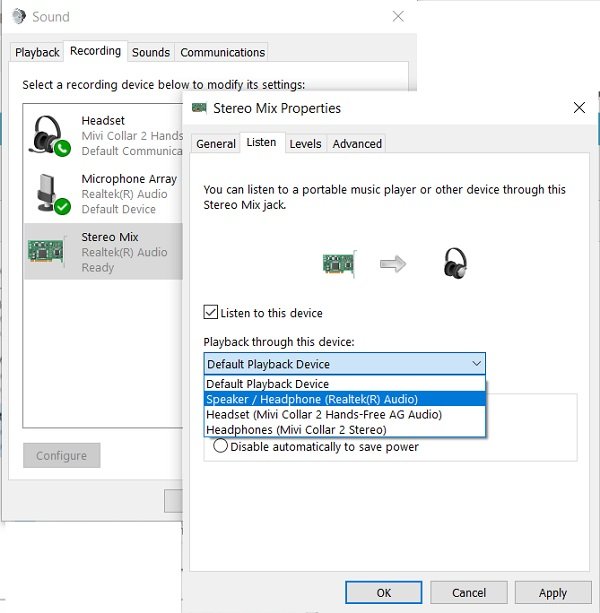

Your settings now hopefully look like this.This is to monitor the audio that you are playing through your computer without also hearing your voice. For Aux Output 1, select your headphones.This is going to send the combined audio from your inputs 1 and 2 back into your computer. In the RIGHT column now, for Output 1, select Soundflower (2ch).Main should be the only small button at the bottom selected, by default. Again, you should now be able to speak into the microphone and see the monitor bars reflecting your voice. In the left column, for Input 2, use the dropdown menu to select your microphone.Still working with Input 1, click the small buttons at the bottom to select both Main and Aux 1.Now is a good time to test that Soundflower is doing what it should-play some audio on your computer like you normally would, and you should see the horizontal monitor bars (labeled 1, 2, L, R) under Input 1 start bouncing up and down with the amplitude of the audio. In the left column, for Input 1, use the dropdown menu to select Soundflower (64ch).Launch LadioCast and allow it to access your microphone.You can do this by clicking on the volume bar or by going to your Sound settings in System Preferences (in the Output tab). Set your computer audio output to Soundflower (64ch).There are detailed install instructions for Soundflower at that link-your computer might try to make this difficult for you, but just do exactly what the developer instructs.


Maybe you are planning to play a recording over external speakers, which the microphone will then pick up and put back into your video-but this will distort the audio significantly. As you think of putting your classes online amid the COVID-19 safety measures, you may be imagining that you’ll make videos or other media in which you talk into your computer microphone as well as play music into that same microphone.


 0 kommentar(er)
0 kommentar(er)
